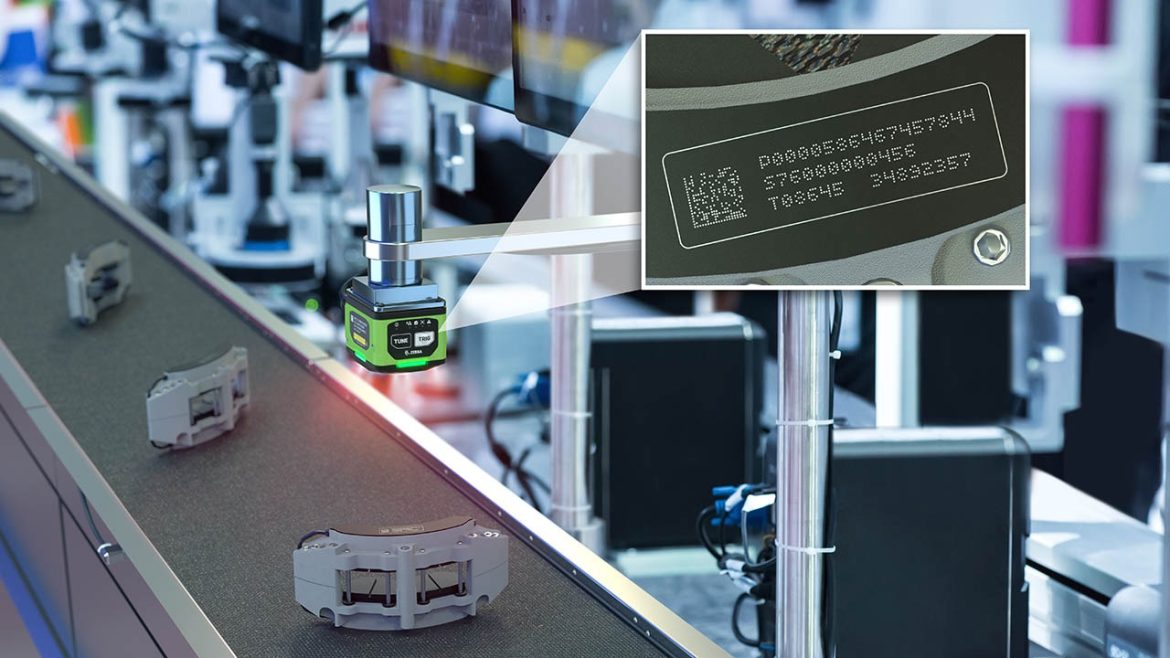In recent years, the integration of deep learning algorithms has revolutionized the field of Optical Character Recognition (OCR) software development. This article explores the profound impact of deep learning on OCR technology, highlighting its advancements, benefits, and future implications.
Understanding Deep Learning in OCR
Deep learning is a subset of machine learning that utilizes artificial neural networks to mimic the human brain’s ability to learn and make decisions. In the context of OCR, deep learning algorithms are trained on vast amounts of labeled data to recognize and interpret text within images with unparalleled accuracy and efficiency.
Neural Network Architectures
Deep learning models for OCR typically consist of convolutional neural networks (CNNs) and recurrent neural networks (RNNs) or their variants, such as long short-term memory (LSTM) networks. CNNs excel at image feature extraction, while RNNs are proficient in sequence modeling, making them well-suited for text recognition tasks.
Training and Optimization
Training deep learning-based OCR models involves optimizing network parameters through techniques like backpropagation and gradient descent. Additionally, advancements in optimization algorithms, such as Adam and RMSprop, have contributed to faster convergence and improved model performance.
Advancements in OCR Accuracy and Performance
The integration of deep learning has significantly enhanced OCR accuracy and performance across various domains.
Improved Text Recognition Accuracy
Deep learning-based OCR algorithms have achieved remarkable accuracy in recognizing text from diverse sources, including scanned documents, handwritten notes, and scene images. The ability to handle complex fonts, styles, and languages has expanded the applicability of OCR technology in real-world scenarios.
Enhanced Speed and Efficiency
Deep learning models have demonstrated superior speed and efficiency in processing large volumes of documents compared to traditional OCR techniques. Parallel processing and hardware acceleration techniques, such as Graphics Processing Units (GPUs) and Tensor Processing Units (TPUs), further accelerate text recognition tasks, enabling real-time or near-real-time processing of documents.
Challenges and Future Directions
While deep learning has propelled OCR technology to new heights, several challenges and opportunities lie ahead.
Data Annotation and Labeling
Annotated training data is essential for training accurate deep learning models. However, manual annotation of large datasets can be time-consuming and costly. Advancements in semi-supervised and self-supervised learning techniques hold promise for reducing the dependency on labeled data.
Domain-Specific OCR Solutions
Customizing OCR models for specific domains, such as medical records, legal documents, or historical manuscripts, presents unique challenges due to variations in document layouts and language styles. Tailoring deep learning algorithms to address domain-specific requirements remains an area of active research and development.
Conclusion
The integration of deep learning algorithms has revolutionized OCR software development, enabling unprecedented levels of accuracy, speed, and versatility. As deep learning continues to evolve, we can expect further advancements in OCR technology, unlocking new opportunities for automation, data extraction, and document analysis across various industries and applications. By embracing the transformative power of deep learning, OCR software developers can stay at the forefront of innovation and meet the growing demands of the digital age.



